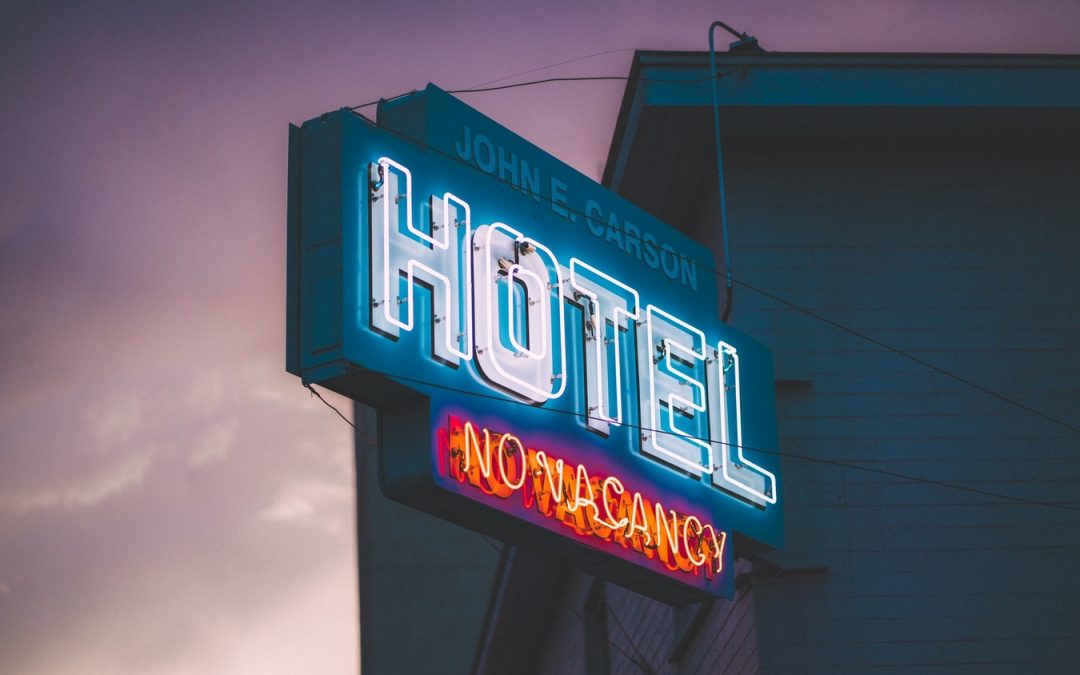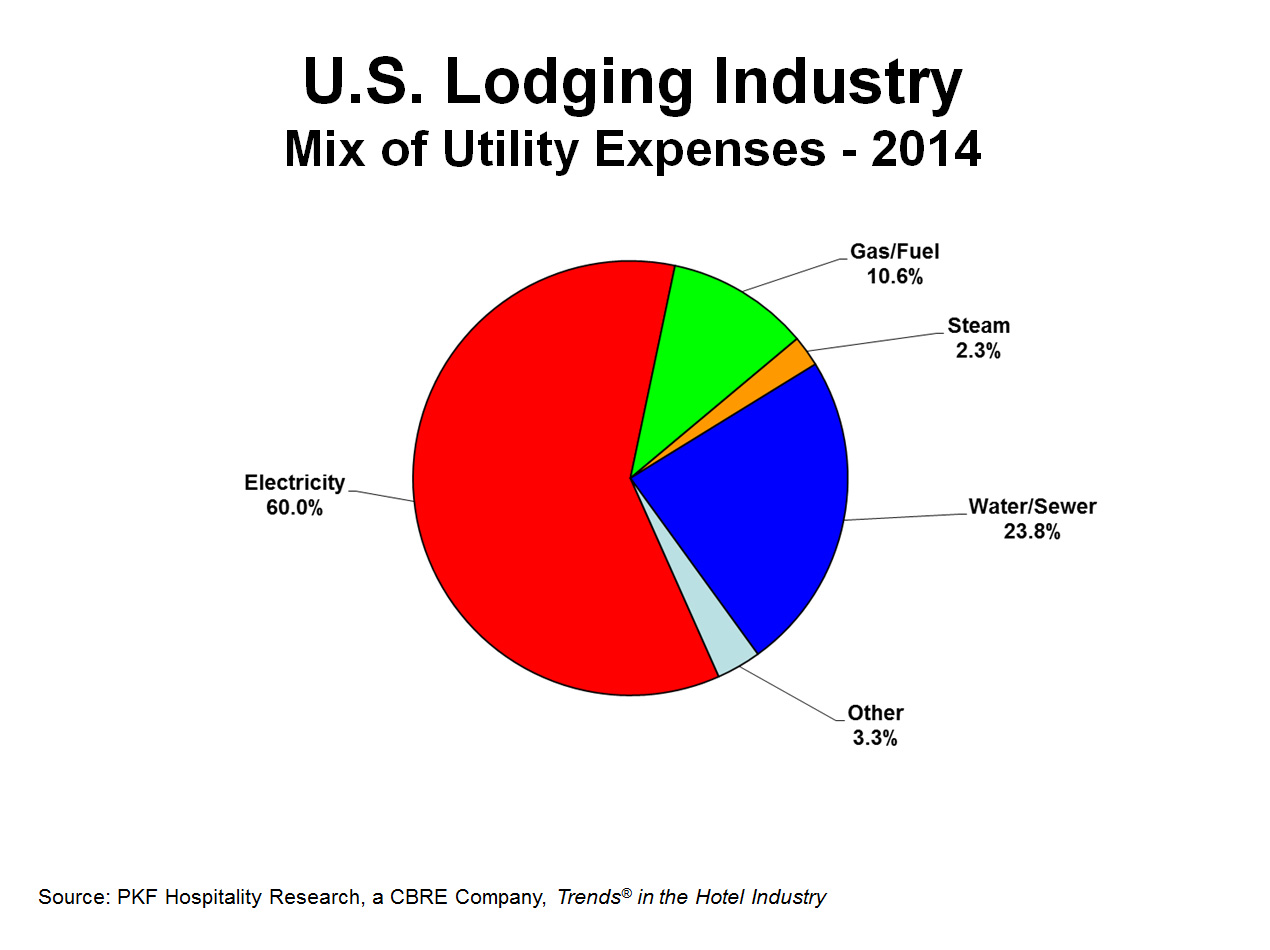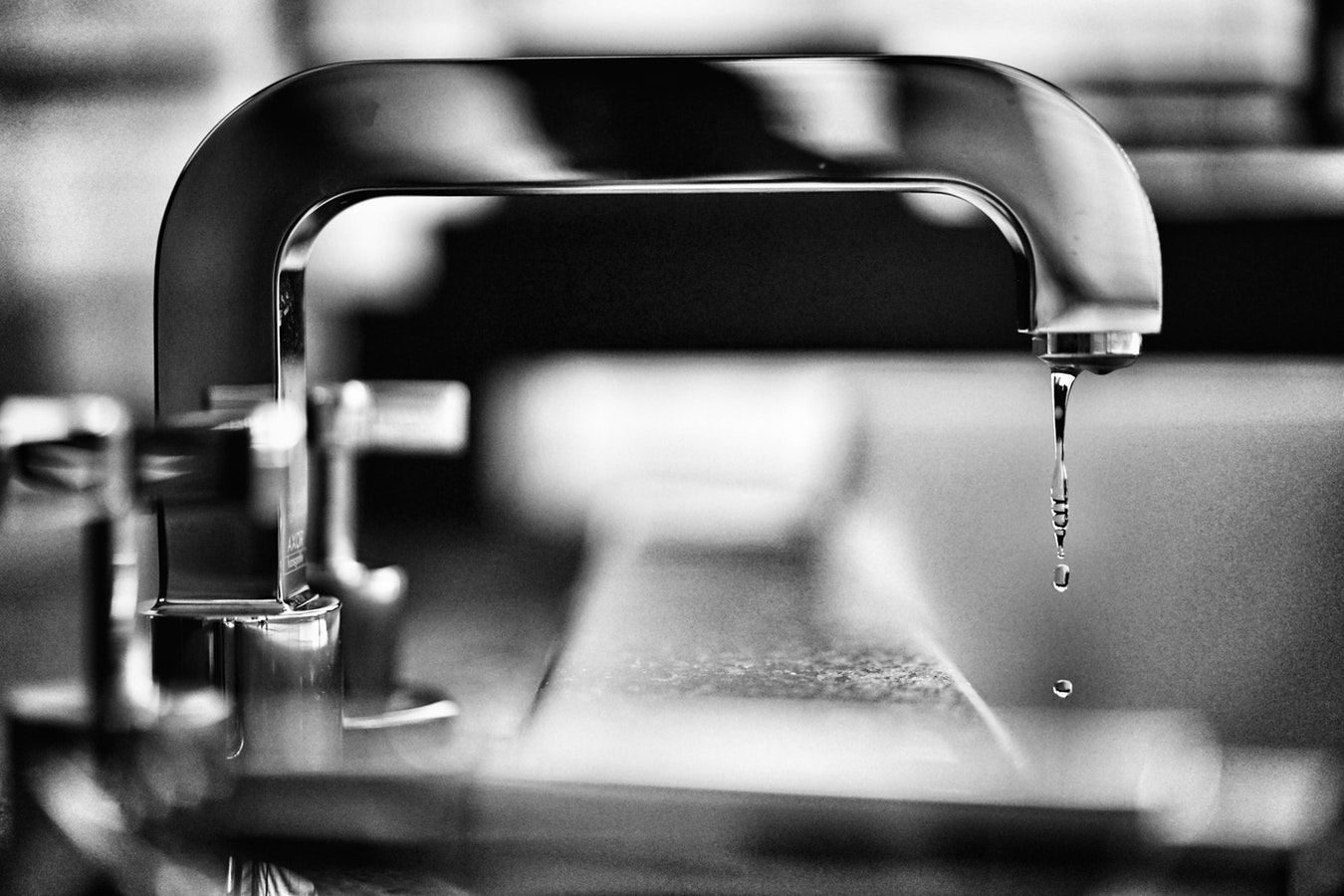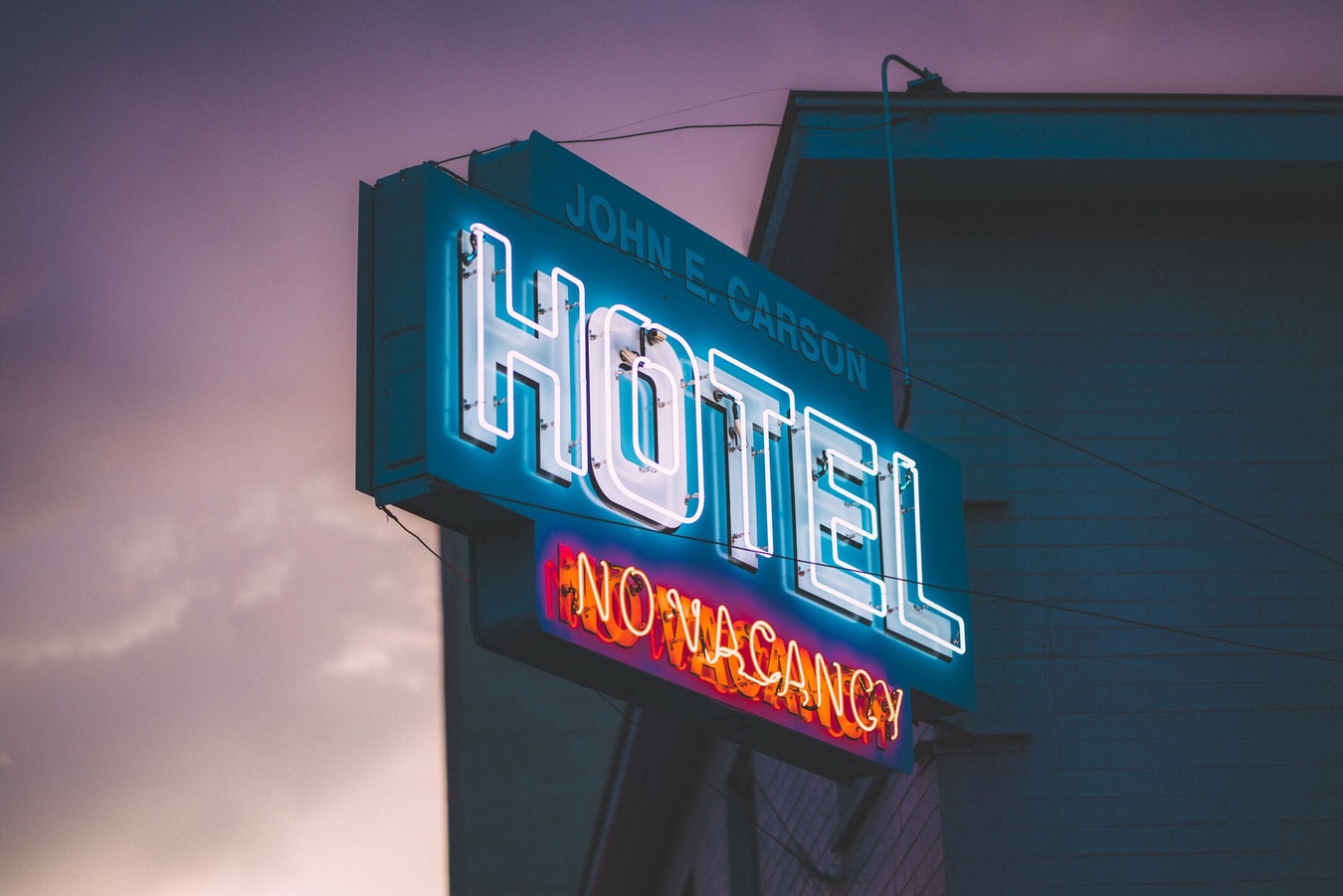As new technologies give the hospitality industry new ways to measure and optimize its performance, it’s more important than ever that hotels closely monitor their KPIs, and use that intelligence to optimize their operations and increase profitability. On the one hand, new technologies are making it possible to measure hotel performance in ways that were previously beyond our grasp. On the other hand, there also remains a number of core KPIs that are still fundamental indicators of how profitable a property actually is.
Indeed, the more a business can measure, the more it can improve, and hotels can now quantify and measure KPIs that go beyond the traditional occupancy-based metrics. And these KPIs extend from daily operations to financial performance to marketing and customer service.
Operational KPIs
There are a number of important operational KPIs that can be used to increase the performance and profitability of hotel properties. Indeed, these have to do with properties fundamental overhead, and the more that a hotel monitors them, the more they can increase profitability by reducing their costs.
1. Energy Management
In the hotel industry, “keeping the lights on” extends to a lot more than just, well, lighting. Indeed, the 2015 edition of Trends® in the Hotel Industry found that “electricity is the largest utility expense comprising 60 percent of total expenditures. Water/service is the next largest utility cost (23.8%) followed by gas/fuel (10.6%), and steam (2.3%).” Fortunately for the hospitality industry, a variety of energy management technologies now make it possible to not only monitor their energy consumption with the utmost accuracy, but adjust and optimize their consumption in response to real-time consumption patterns.
Specifically, IoT energy management devices now allow hotels to both use their HVAC systems more efficiently and save significantly on their energy consumption and costs. While smart thermostats and occupancy sensors monitor and respond to fluctuations in occupancy, smart energy management systems like Verdant EI use sophisticated machine learning algorithms to continuously analyze historical thermodynamics, local weather patterns, and peak demand loads to optimize energy consumption in real-time, all year round Indeed, using smart energy management systems to monitor and optimize energy consumption can reduce hotel energy costs by up to 20%, and generate some of the fastest payback periods in the industry (between 12-24 months). The ROI is so significant, in fact, that it will increase the resale value of your hotel.
2. Water Consumption
Energy isn’t the only consumption-based KPI that hotels should be monitoring. Whether it’s for guest rooms, pools, sanitation, or food/beverage service, water is also an unavoidable cost of doing business in the hospitality industry, and represents a significant piece of overhead that can and should be managed carefully.
Source: pan xiaozhen
Indeed, the hospitality industry relies so much on its water consumption to keep afloat that it:
[A]ccounts for about 15 percent of total water use in US commercial and institutional facilities, according to the EPA … [And some] estimates suggest that implementing water-efficient practices in commercial buildings can decrease operating costs by approximately percent and energy and water use by 10 and 15 percent, respectively.
For this reason, many hotels now use IoT-enabled devices to conserve water and prevent water-related damage. Just consider how a single leaky toilet can cost as much as $840/year. Add the costs of any additional water damage, and it’s easy to see how water can become an unnecessarily expensive business expense. By monitoring water lines with smart, low-cost IoT-enabled water meters, however, hotels can see an ROI on their water consumption in about 4 years.
3. Labor Costs as % of Sales
Of course, another major part of any hotel’s overhead is labour. After all, once the lights are on and the water’s running, a hotel still requires staff to manage bookings, clean room, and perform any number of services that are considered a fundamental part of any guest experience.
Indeed, labor is traditionally one of the most costly overhead inputs, so this KPI is crucial to healthy operation of any hotel. By monitoring overall labor expenditures versus revenue, hotels can avoid over-staffing during slow seasons, days, or shifts.
4. Employee Performance
Labor costs, of course, aren’t just limited to salaries. There are also the hidden costs of employee performance. In other words, there’s how much a hotel pays for each unit of labor, and then there’s how much value it gets from each of those individual units. This is why:
You’ll want to develop KPIs to measure your employees’ performance, both in terms of their attitude and their output. For example, you might have KPIs measuring appearance and friendliness as well as KPIs measuring speed of service, cleanliness of rooms, etc. Staff turnover is another employee-related KPI that’s important in any business.
After all, a big part of maximizing the ROI of a hotel’s staffing decisions is understanding not only the optimal number of staff to have on hand at any given time, but also the optimal output for each of those staff members.
Financial Performance
Operational KPIs, of course, are only part of the picture. At the end of the day, hotels must also closely monitor a number of financial KPIs to ensure that they’re maximizing profitability. Indeed, in addition to total revenue, metrics such as total room sales, room occupancy rates, and advance reservations should also be monitored and analyzed to optimize hotel performance.
5. Occupancy Rate
Simply put, “Occupancy rate is the ratio of rented or used space to the total amount of available space.” And for the hospitality business, that means the percentage of available rooms over a specific period of time. It’s also going to be one of the most important hotel KPIs available because it provides (1) a high-level overview of hotel revenue performance, and (2) the foundation on which to measure a number of other KPIs.
Credit: KEEM IBARRA
6. Average Daily Rate
Average Daily Rate (or ADR) is another useful metric that hotels can use to measure and calculate their profitability. It provides insight into the average rate a room can earn on any given day during any given period, and is particularly useful for demand forecasting and predictive marketing. Indeed, ADR helps hotels predict seasonal trends, adjust their pricing accordingly, and maximize revenue per room.
7. RevPAR
Revenue Per Available Room (or RevPar) can be calculated in one of two ways: either “by multiplying a hotel’s average daily room rate (ADR) by its occupancy rate, [or] by dividing a hotel’s total room revenue by the total number of available rooms in the period being measured.”
Of course, this number can fluctuate from seasonality, economic climate, and consumer trends, which can make it difficult to track. But RevPAR remains crucial to understanding the success and profitability of a hotel property at any given time of year. Indeed, it should be used to plan and prepare for both high and low seasons.
8. GOPPAR
GOPPAR, or gross operating profit per available room, provides even greater insight into the actual performance of a hotel than RevPar does because it considers not only revenues generated, but also the operational costs incurred to generate that revenue. It’s calculated by subtracting hotel expenses from the hotel’s total revenue, and dividing the difference by the number of available rooms.
It doesn’t, however, take into consideration the revenue mix of the hotel. So while GOPPAR does not allow an accurate evaluation of the room revenue generated, it does demonstrates the profitability and value of a hotel property as a whole.
9. Marketing ROI
Department store magnate John Wanamaker is famous for having once said “Half the money I spend on advertising is wasted; the trouble is, I don’t know which half.” Fortunately for hotels (and other businesses), we now live in a digital age where most (if not all) of our marketing efforts can be tracked, measured, and quantified.
Source: AZ Quotes
If anything, because it’s now possible to track, measure, and quantify marketing spend, it’s more important than ever that hotels do so. And by tracking marketing spend against other KPIs (such as RevPAR), hotels can determine which methods do and don’t work, and therefore which ones to continue to invest in.
Guest Experience KPIs
As crucial as it is that hotel’s measure their financial KPIs, it’s also important that they track and measure the metrics that help generate revenue in the first place. — i.e. the guests. Specifically, guest experience represents a critical set of KPIs because they help determine whether guest are likely to book in the first place, or even become repeat customers.
10. Online Rating
Since we live in the digital age, hotels aren’t the only ones who can track (some) elements of a property’s performance. As customers share their hotel experience online, hotels and their potential guests are able to track how well a property delivered on different guest experience metrics.
For this reason, hotels should monitor their online ratings and reviews very closely, and use that feedback to improve both their operational procedures and guest experience standards. Indeed, online reviews not only provide a source of direct feedback from guests so hotels can adjust their services to meet guest expectations, but they can (and will) impact a property’s bottom line as they affect future bookings.
11. Customer Satisfaction
Of course, the challenge with online ratings is that (1) they only appear after a guest’s visit, and (2) many guest will never leave one at all. Consequently, they don’t provide a complete picture of guest experiences.
This is why guest experience KPIs should be supplemented by customer surveys. Indeed, as StoreRanker points out, “[c]ustomer surveys are an invaluable source of information about customer satisfaction.” They allow hotels to “track actions like customer complaints to management or number of customer reviews you get on external websites.” When using customer surveys, however, it’s important that questions are phrased “in a way that elicits specific responses that can be tracked as KPIs.”
12. Loyalty Programs
There’s no business like repeat business, and for hotels, the feedback that returning guests can offer through loyalty programs can provide valuable (and actionable) insight into a property’s guest experience and how it affects a hotel’s ongoing revenue performance. As iDashsoards puts it:
From tracking repeat customers to tracking the value of their purchases, there are several KPIs you can use to measure the success of loyalty programs. If your loyalty program isn’t meeting the goals and objectives you had for it from the outset, revamp it to be ROI driven and more enticing.
In other words, loyalty programs can help hotels can measure the guest experience of their most valuable customers, helping to optimize guest experience and secure revenue through future repeat visits.
Measure, Manage, Optimize, Repeat…
As the renowned American engineer, statistician, professor, and management consultant W. Edwards Deming once said, “Without data, you’re just another person with an opinion.” And that couldn’t be more true of a business, especially in the hospitality business.
We have so many preconceptions of what impacts our business and our bottom line, but until we start measuring relevant KPIs, it’s all just speculation. For hotels, these KPIs will range from operations to finances to guest experience, and we’re fortunate enough to live in a time where the technology to track and measure these performance indicators is readily available.
So it’s more important than ever, then, that hotels take stock of the KPIs available to them, and implement the processes necessary to monitor and extract insight from them. Indeed, doing so will often mean the difference between a profitable property, and one that often hovers near the line between the red and the black.





